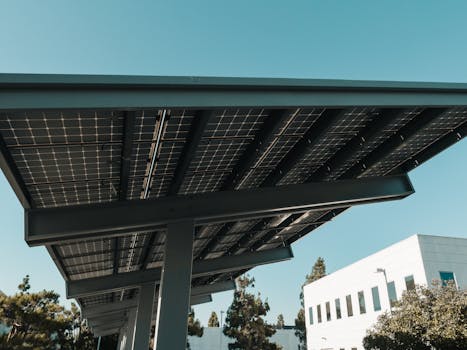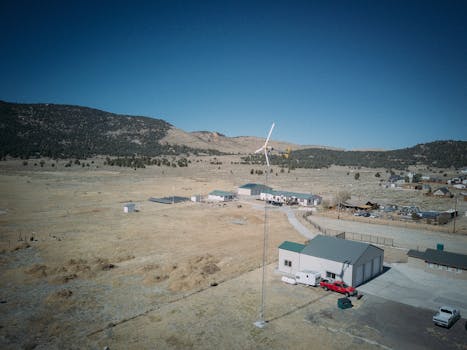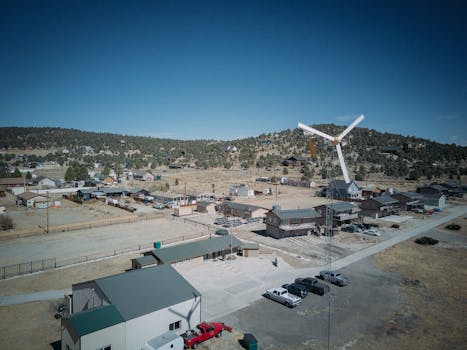
Sustainable Technology: Innovations for a Greener Planet
Takeaways: Sustainable technology is essential for combating climate change and fostering a healthier planet. From renewable energy sources like solar and wind to innovative waste management solutions, these advancements have the potential to transform our environmental impact and promote sustainable living.
As the world grapples with the consequences of climate change, the need for sustainable technology has never been more pressing. Innovations in this field are not only addressing the environmental challenges we face but also paving the way for a more sustainable future. In this article, we will explore various sustainable technologies, their applications, and how they contribute to a greener planet.
The Rise of Renewable Energy

Solar Energy: Solar energy technology has seen remarkable growth in recent years. Photovoltaic panels convert sunlight directly into electricity, and advancements in solar technology have made it more efficient and affordable. In addition, solar thermal systems harness the sun’s heat for residential and industrial heating applications, offering a versatile solution for energy needs.
Wind Energy: Wind turbines capture the kinetic energy of wind and convert it into electricity. As technology improves, wind energy has become one of the most cost-effective sources of renewable energy. Offshore wind farms are particularly promising, as they can harness stronger and more consistent winds, further increasing energy production capacity.
Hydroelectric Power: Hydroelectric power remains a significant source of renewable energy worldwide. By using flowing water to generate electricity, hydroelectric plants provide a steady and reliable energy source. Innovations in small-scale hydroelectric systems allow for localized energy production, reducing the need for extensive energy transmission infrastructure.
Eco-Friendly Innovations in Transportation

Electric Vehicles (EVs): The transition to electric vehicles is accelerating, with major automotive manufacturers committing to electrifying their fleets. EVs not only reduce air pollution but can also be charged using renewable energy, further decreasing their carbon footprint. Innovations in battery technology are making EVs more affordable and extending their range, addressing two of the main barriers to adoption.
Public Transportation: Sustainable technology is also improving public transportation systems. Electric buses and trains offer cleaner alternatives to traditional diesel-powered vehicles. Additionally, smart transportation systems use data analytics to optimize routes and schedules, reducing energy consumption and improving efficiency.
Shared Mobility Solutions: Car-sharing and ride-sharing services are promoting the use of fewer vehicles overall, reducing traffic congestion and emissions. By encouraging shared transportation, cities can decrease the need for parking infrastructure and improve urban air quality.
Innovative Waste Management Solutions

Circular Economy: The circular economy model aims to keep resources in use for as long as possible. This approach contrasts with the traditional linear economy, which follows a ‘take, make, dispose’ model. Technologies enabling recycling and upcycling are crucial in this transition, allowing materials to be repurposed and reducing the demand for new resources.
Waste-to-Energy Technologies: Waste-to-energy technologies convert non-recyclable waste materials into usable energy. By using advanced thermal treatment and anaerobic digestion, these systems can generate electricity and heat from waste, while reducing landfill use and greenhouse gas emissions.
Smart Waste Management: IoT (Internet of Things) technologies are being integrated into waste management systems. Smart bins equipped with sensors can monitor waste levels and optimize collection routes, reducing fuel consumption and improving operational efficiency.
Conclusion








